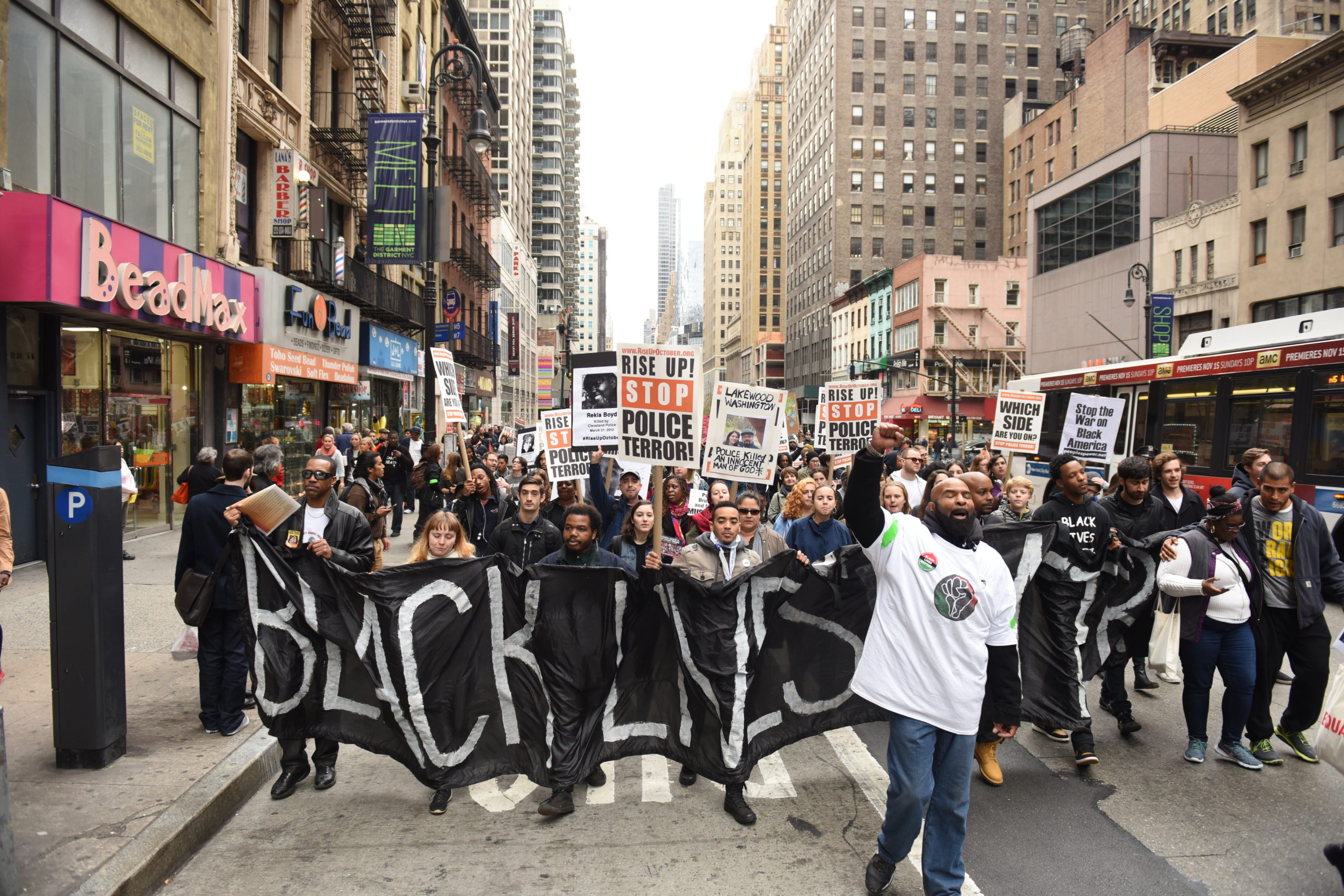
I used to do a lot of house sitting outside the perimeter. I hated it. You always encounter the same pallid cabinets, lacquer countertops and vinyl floors colored like the inside of your eyelids. Gleaming light washes every spot in the place.
The exteriors may change, but the interiors are consistent. The kitchen reads like a bathroom, and the shaker doors convey nothing at all. I will venture: these houses have no conceit.
Robert Moses was not born in New York, but it would be where he lived, died and still seems to live in the parkways and asphalt of the city.
When interested parties talk about cities – I am guilty as charged – we offer designers a world-anterior position. They are provident actors, writing scriptures whose truth is revealed in a Whole Foods on tenth, or bike lanes on fifth.
Moses had a world-anterior idea: Black people and white people should not coexist. His colleagues suggest he designed the Upper Eastside from this notion. He imagined highways reaching out towards sprawling bayside suburbs, dotted with secluded houses filled by white people under grey mansard roofs.
Atlanta’s population density, despite the city’s growth, is sparser today than in 1940. 60% of the city is zoned for single-family dwellings, with the northside almost exclusively zoned as such.
Buckhead is like Long Island in that way: remote archipelagos built up, outside and away from the city. Atlanta and New York are like sprawling grids, designed for the sovereignty of single families floating around in automobiles between connected dots making up boxes impenetrable by the buses, trains and wandering pedestrians.
I would like to daydream well enough to make designers into authors of living space. I would like to feel something transcendent when walking through the Virginia Highlands. The experience is more immediate, though; as is design.
I would like to believe homes not yet flensed inside and out by the uniformity of gentrification have some great idea bound up in them – though this seems like a paltry religion. Then again, I am not a designer.
The New Yorker’s Calvin Trillin wrote of John White, a black man in a white New York suburb. White’s son, Aaron, was an unwelcome guest at a party in 2006.
Partygoers allege it was due to the meaningless intricacies of high school drama. His attorneys would allege it was due to the very potent intricacies of him being black at a white party.
Aaron was confronted by similarly unwelcome guests at the foot of his driveway that evening. Later upended in court, a rumor had circulated, claiming that Aaron threatened to rape a guest at the party.
His peers from some eight hours earlier were there to kill him. His father shoots and kills one of them instead.
Trillin handles the particularities of the evening better than I might; I am unconcerned with John and Aaron White themselves, as such. I am concerned with Talmadge Woods.
Like most involved (however indirectly) in the mechanisms of politics, one fact drives designers: they map neighborhoods to sell them. On some level, all designers write their scriptures with an unwavering idea – the market.
Moses holds the privileged position of being remembered, however dubiously. The cosmos of designers and stakeholders and development firms and joint ventures shuffling between dots and boxes on the Upper East Side – between pallid, paneled halls and lacquer desks outside the Atlanta perimeter; they do not share a spot in our memory.
The world will probably remember John White – I cannot say the same for Talmadge Woods.
The concept Moses would have intended to build up inextricably from the city, born in the concrete boulevards, was as much a daydream as our naming him “Master Builder.” Black and white people do not live on separate sides of New York because of some monomaniacal idea laid out by one single man – segregation is more practical.
The cosmos of city planning built up Atlanta and New York the same as any other city with a housing market – with the intention of sale for profit, a constant circulation of land and bricks on the open market. We would be giving undue credit to designers were we to make them the divine agents of racism.
Culture should not reward Moses and the illustrators of Buckhead with a level of grandeur – they do not deserve the satisfaction of scorn. The backend of their functions is the financial advisors, the khaki-clad envoys to city councilmembers who make their ideas feasible. The Homeowners’ Associations, the quieter Klansmen with alarm systems and Ring doorbells, were the real-world correlates of the designers’ imaginations.
John White received sympathy because he was among the Long Island constituency, the Buckhead constituency. He owned a home and was willing to kill for his home. John White, in turn, went to jail because he was Black, and Talmadge Woods was a white neighborhood, and the dead kid was a white kid. White faces sell homes – the choices were practical and without meditative design.
I will probably house sit again. I will drive out to the hilltops above the meandering streets, and I will resign myself to the starkly bright kernels of those homes, away from the windows and the doorbells and the whole spectacle outside.
There is no excellent idea bound up in any home, as far as I can tell. A house is ugly, and a market has no story but its immediate practice, and I mostly hate housesitting because no symbolic reading is needed. There is no prying at a subterranean idea, mystified by design – the whole ordeal is quite plain: these neighborhoods are for white people.
